
Child asylum seekers subjected to controversial age tests

The number of migrant children arriving in Switzerland unaccompanied by a parent has increased tenfold in the past decade, with more than 2,700 asking for asylum in 2015. Since they have no identity cards, their age must somehow be determined.
This can be achieved by looking at gender characteristics or by analysing the development of hand bones. But the invasive practice is both scientifically questionable and can violate child protection standards, according to some doctors and lawyers.
Ahmad* has never had a single birthday party. Until now, he didn’t even know why his date of birth was so important. When he lived in Afghanistan, all of his schoolmates were in the same classroom irrespective of age.
He fled Afghanistan and arrived in Switzerland in 2015. He made the journey alone. “My parents always told me that I was born in 1999, one year before the millennium. That should make me 17,” he said.
Should. According to the Swiss authorities, Ahmad was born on January 1, 1997, making him an adult. But how is it possible to have two dates of birth?
Like so many refugees, Ahmad came to Switzerland without any identity documents. So the Swiss authorities needed to determine his age. How? By determining the growth stage of his bones with radiograph images of his heart and hand.
The question of age is far from trivial. According to the Hague Convention on the Protection of Children, which Switzerland ratified in 1997, child migrants have more protection than adults in some areas. One of these is choosing in which country they would like to apply for asylum.
The cast iron rule of the Dublin agreement – that the country of initial entry is responsible for the asylum process – does not apply for child refugees. It also makes it practically impossible to repatriate underage asylum seekers to their country of origin.
Biological vs chronological age
Chloé Bregnard Ecoffey, who provides legal services for asylum seekers, says Switzerland is obliged to offer children safe accommodation and education.
Given the rise in numbers of underage refugees – which has trebled in the past year alone – the question of determining age has become even more important. Political pressure has also increased as the public debate focuses on abuses of the asylum process.
According to the State Secretariat for Migration, around 40% of refugees who claim they are underage are in fact adults. Can it really be that so many people are deliberately lying about their age?
Doctors and lawyers who addressed the subject at Lausanne University Hospital in November do not think so. They believe that the age testing methods are inaccurate and may even violate the child protection convention.
Last year 1,034 refugees, including Ahmad, were x-rayed to determine their age. These images are then cross-referenced against the Greulich and Pyle Atlas, which documented the growth characteristics of white children in the United States in the 1930s. This does not have much in common with the typology of modern day refugees from all over the world.
“This method is designed primarily to determine biological age [how old someone seems] not chronological age [how old they actually are],” says Sarah Depallens, a specialist at Lausanne University Hospital.
“[The Greulich and Pyle Atlas] is a century old. These days young people reach puberty earlier, especially girls.” The margin of error could be as much as two years, she says.
“There is no scientific evidence that this scale is valid for people of other races.”
In August, the Swiss Society for Paediatric Radiology called for these tests to be stopped. This method of determining age was considered scientifically and ethically suspect, not least for exposing youngsters to potentially hazardous radiation.
‘Sex surveys’
But this is not all. For the past two years, the federal centre for refugees in Zurich has been studying sexual characteristics of teenagers to determine their age.
Denise Graf, an asylum lawyer at Amnesty International, is enraged by the so-called “sex surveys”.
“It is forbidden to perform such intimate examinations at collection centres, just a few days after the arrival of these traumatised young people. And all without any medical benefit,” she said.
Depallens agreed, adding that “there is today no scientific method to determine the age of children older than 14 years”.
Responding to a parliamentary question, even the Swiss cabinet has admitted that the Greulich and Pyle hand bone test is far from conclusive. But the cabinet added that the test is common to most other European countries and the US. Furthermore, it is not carried out in isolation but used in conjunction with other evidence.
However, in cases of doubt, the burden of proving their age lies with the refugee. They must show that they are 16 or 17 and not yet an adult. For Depallens, the interview process that seeks this evidence is a problem in itself.
“Young people will be prompted to provide evidence of their real age, but they often do not actually know when they were born,” she said. “In countries like Somalia, only 10% of all births are recorded in birth registers by the authorities.”
Lawyer Julie André, who specialises in youth law, shares this concern. “In countries like Italy, the law stipulates that a cultural mediator, a lawyer and an interpreter must be present at the hearing of minors,” she said.
“Otherwise, these hearings are not valid. In Switzerland, however, the only person present is a migration office official, who has no specific training in interviewing minors.”

In compliance with the JTI standards
More: SWI swissinfo.ch certified by the Journalism Trust Initiative
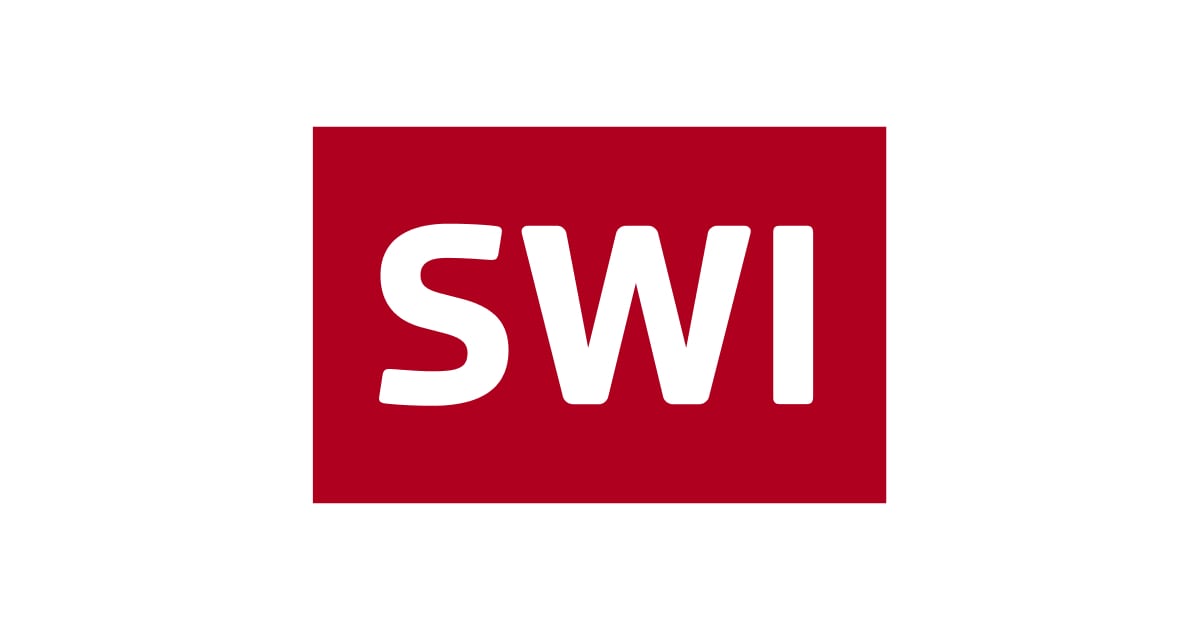





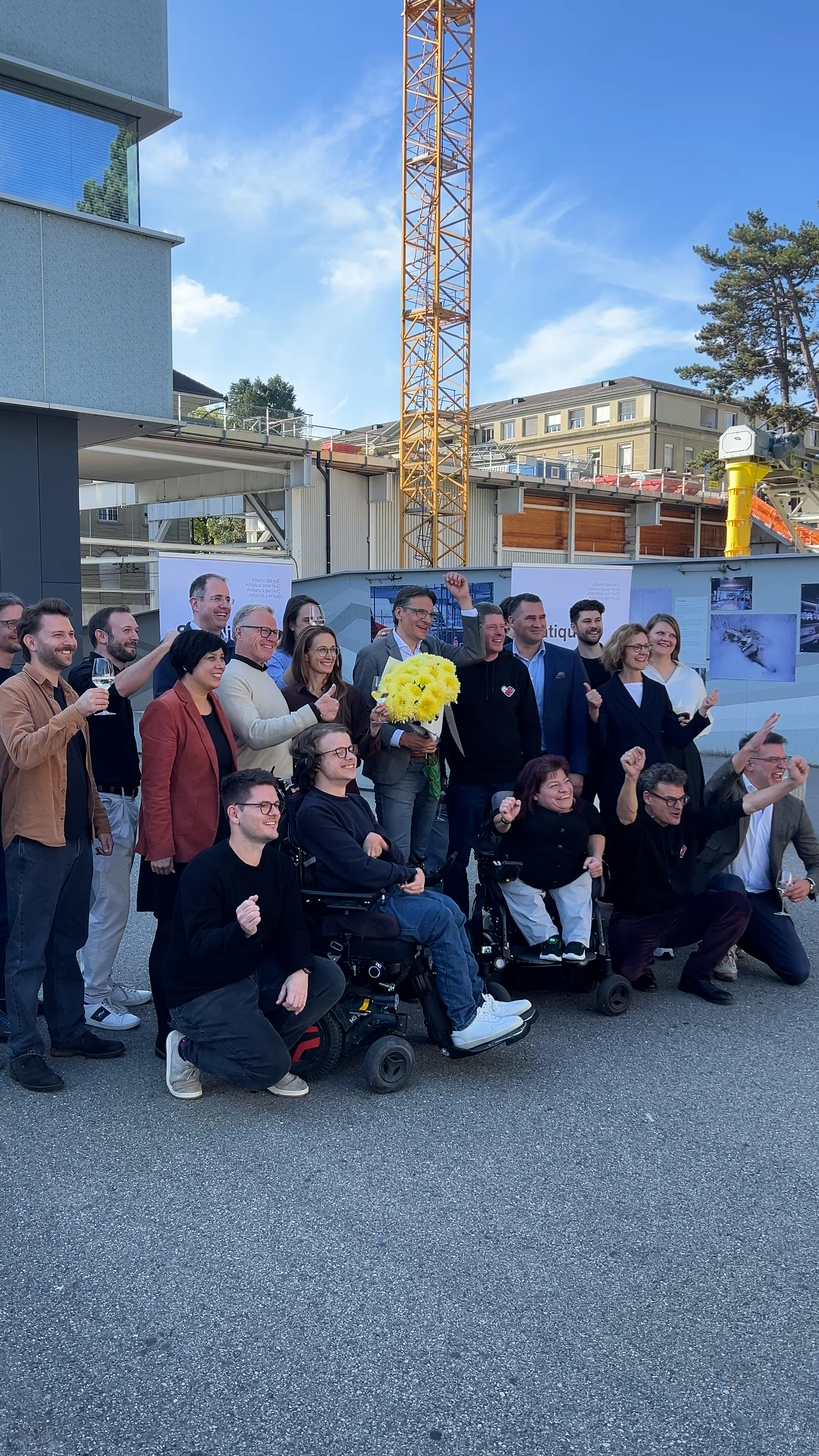


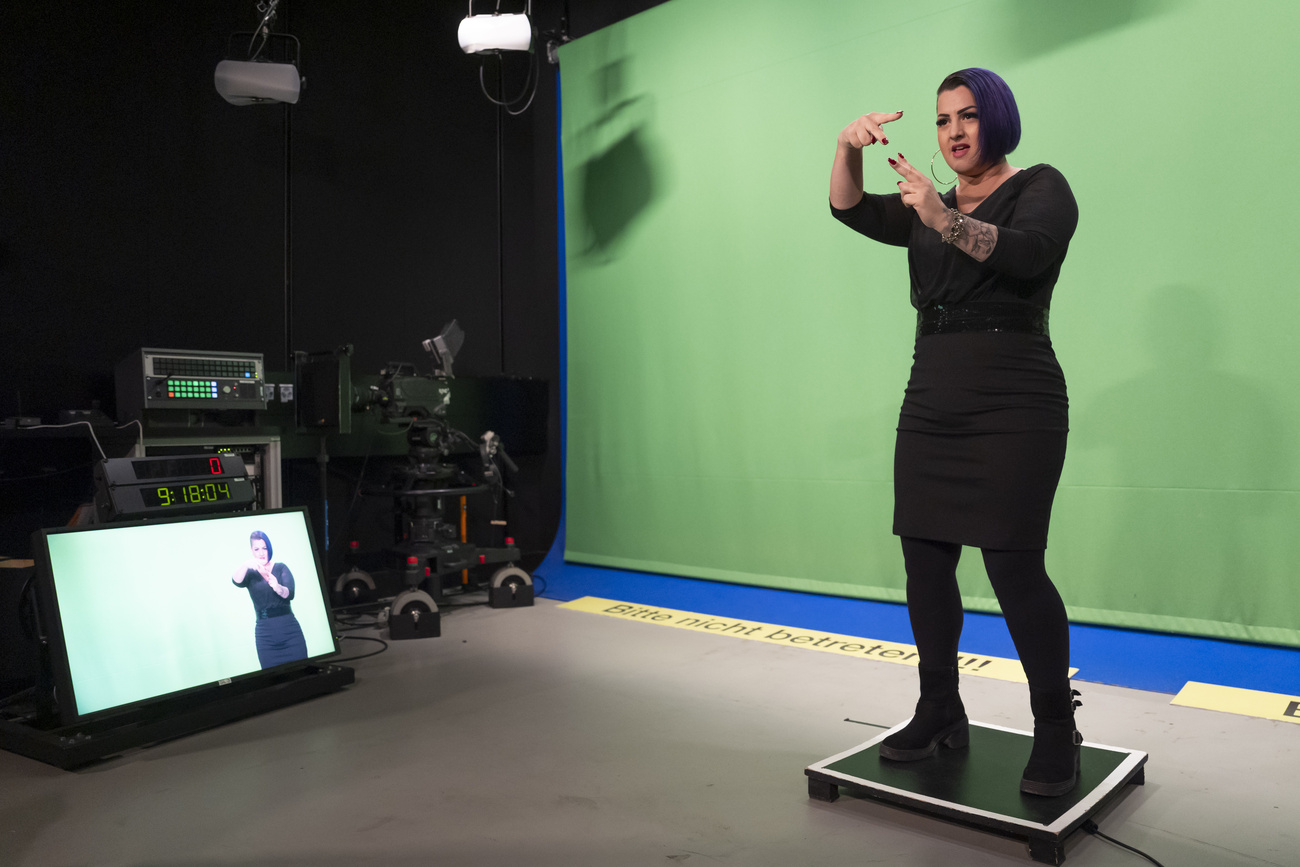
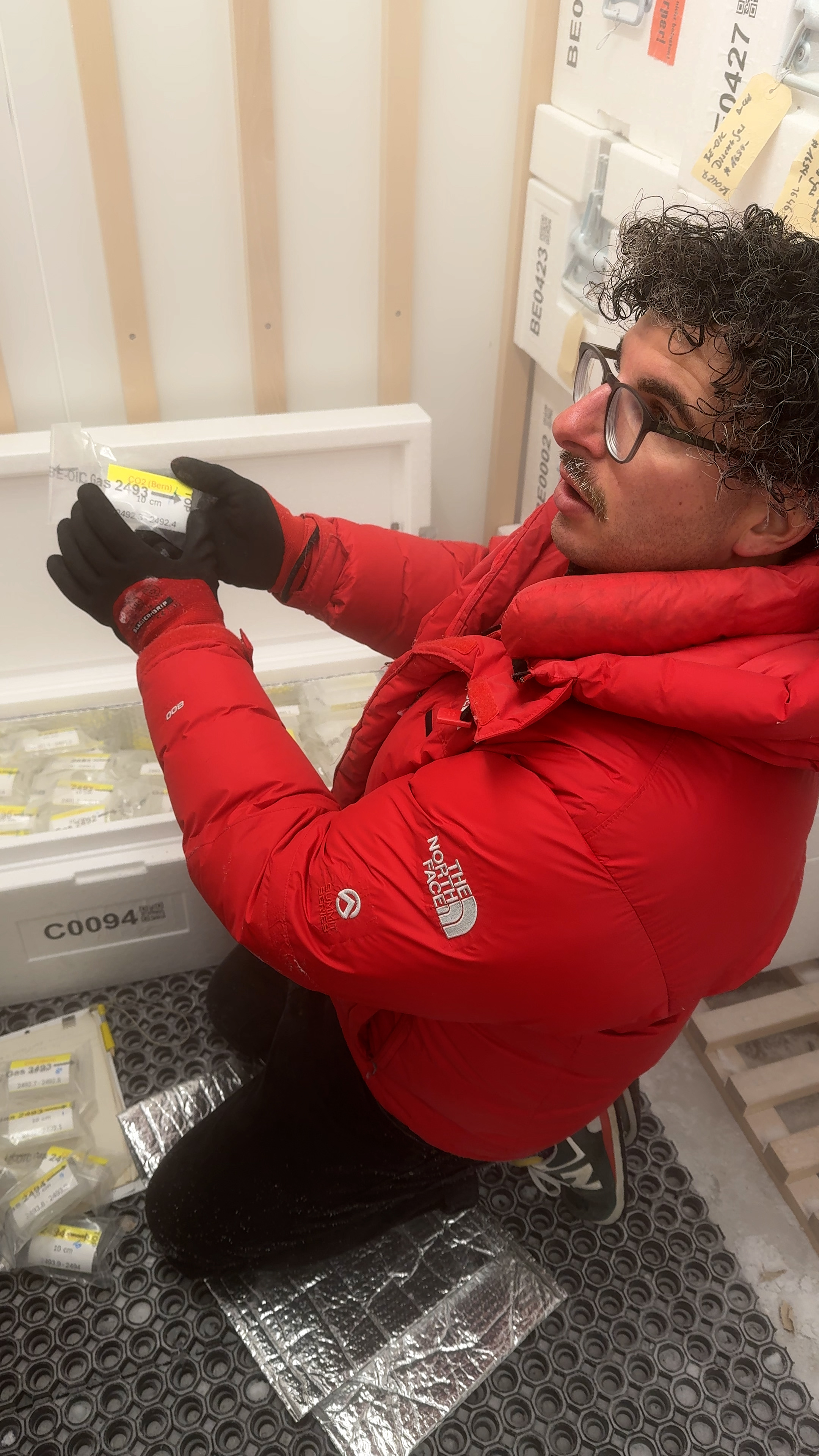










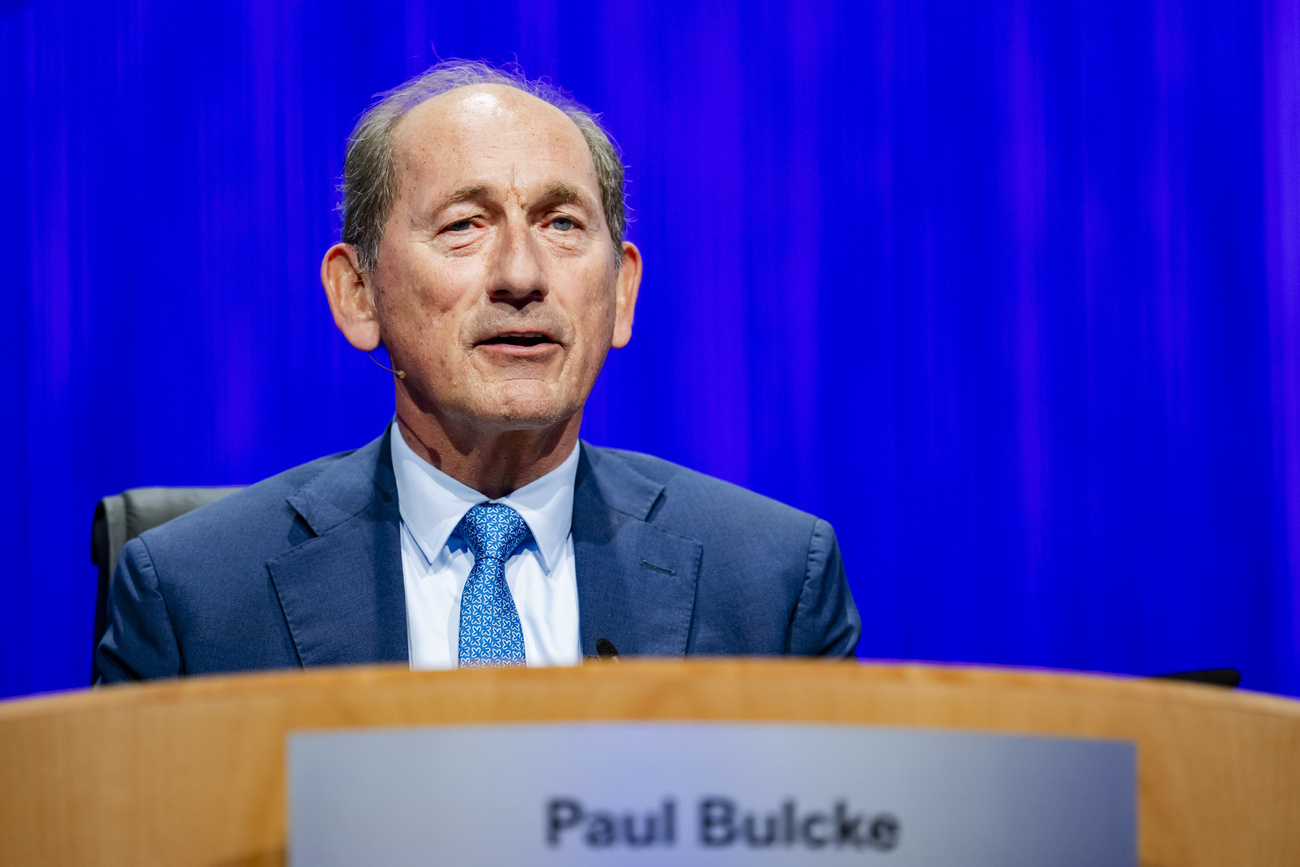



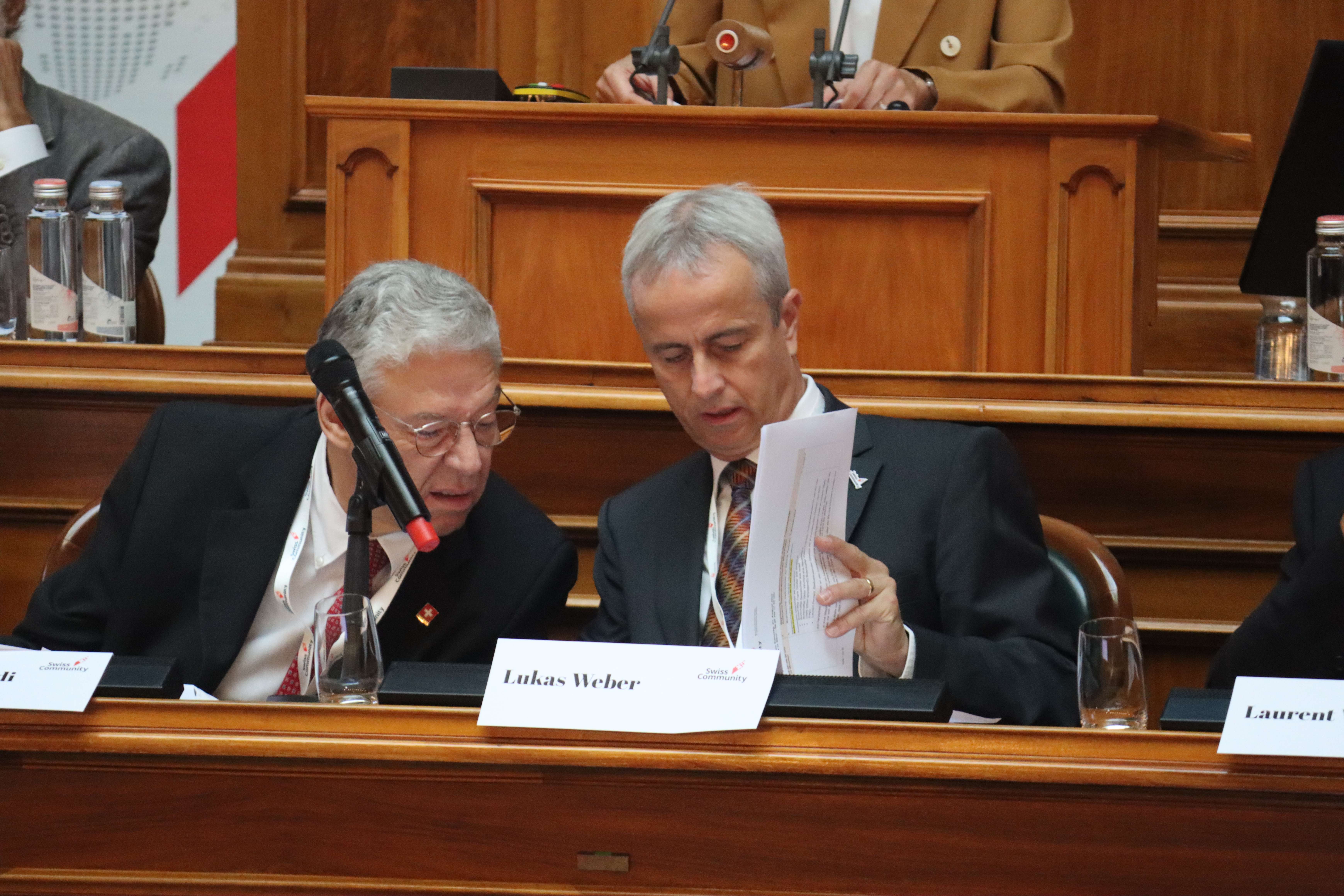
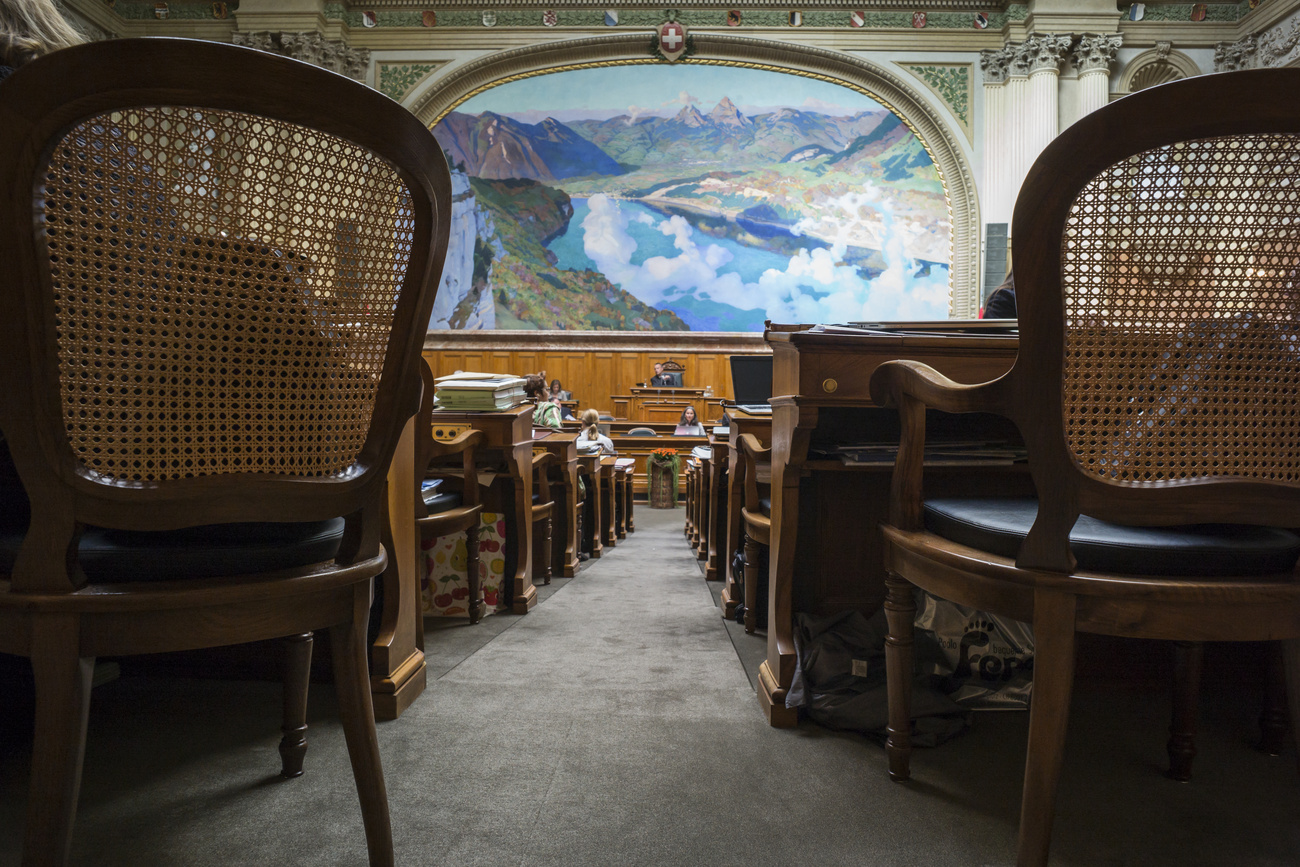






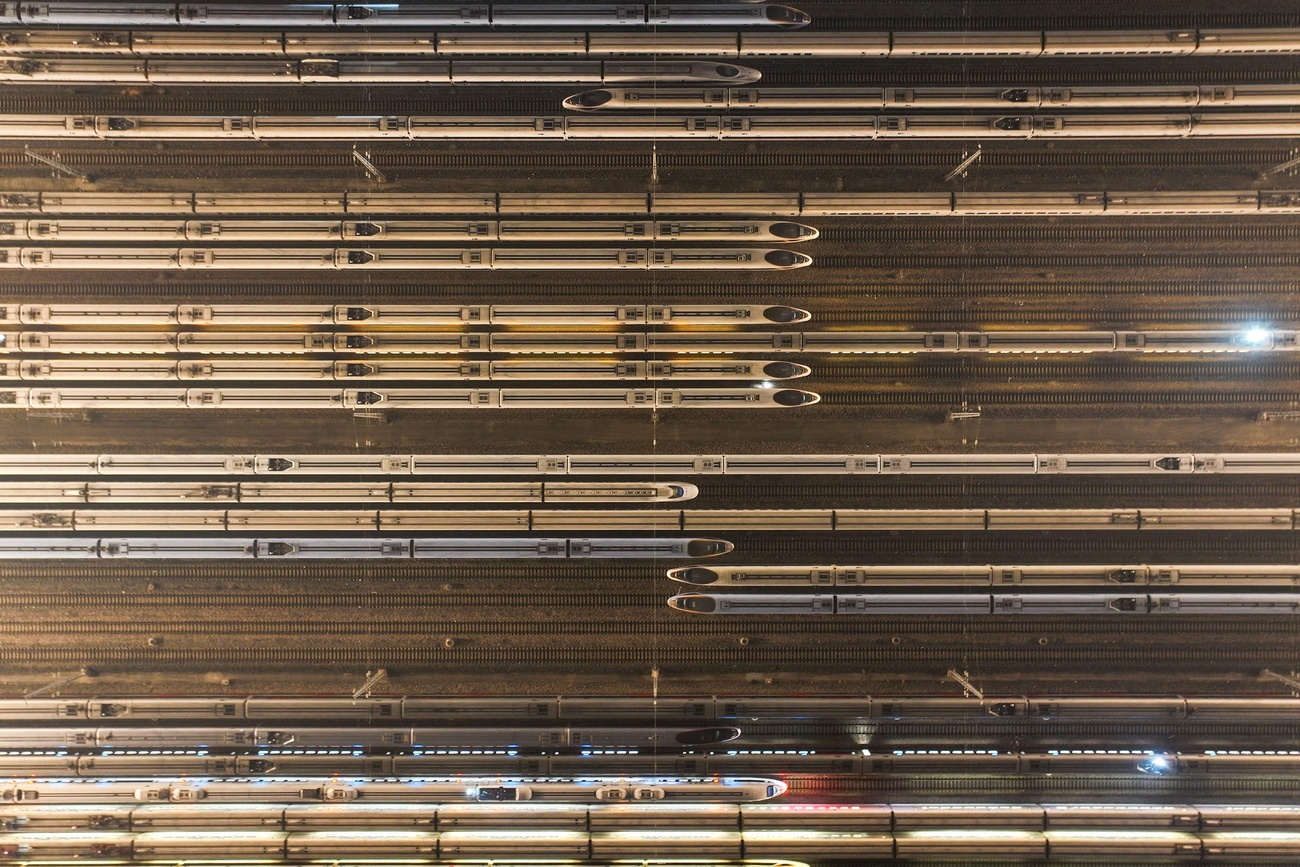
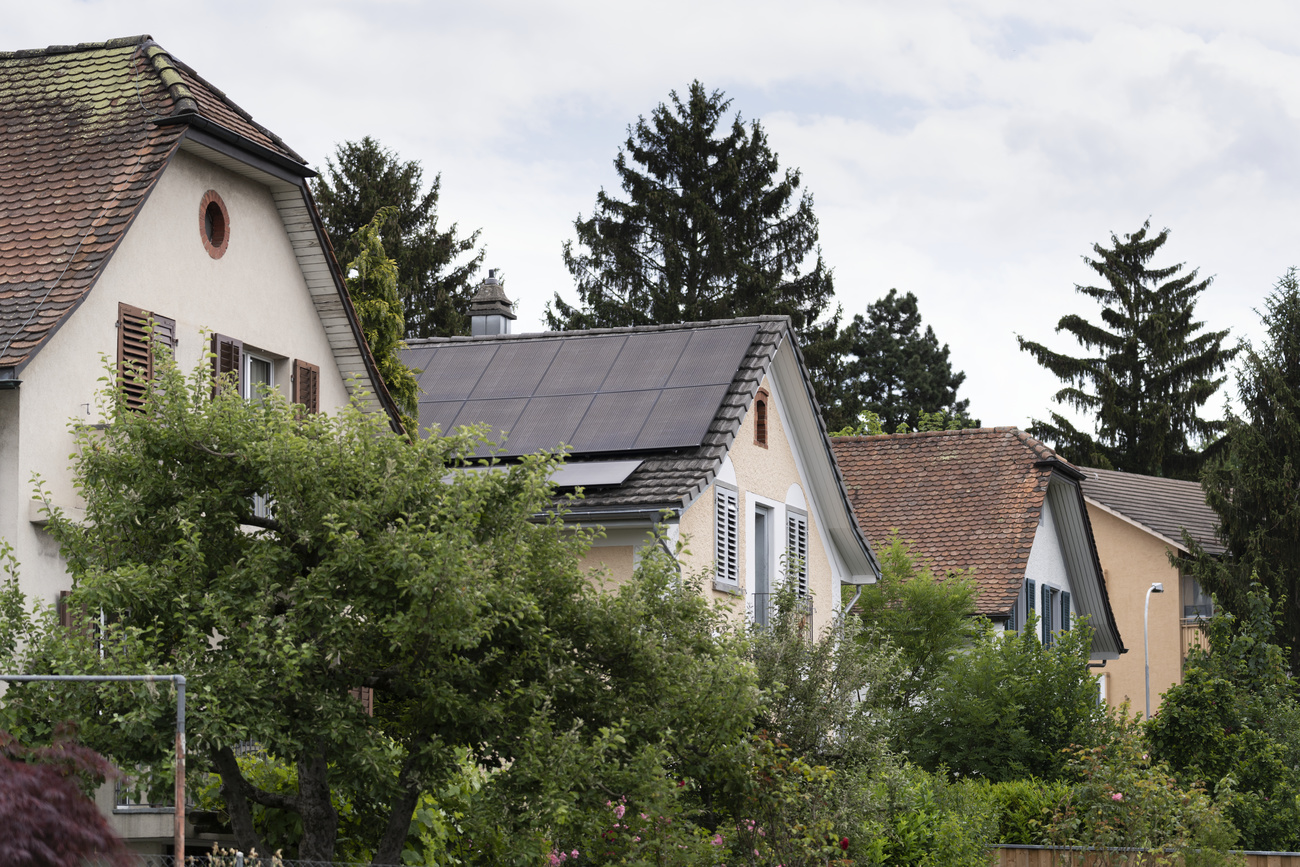



You can find an overview of ongoing debates with our journalists here . Please join us!
If you want to start a conversation about a topic raised in this article or want to report factual errors, email us at english@swissinfo.ch.